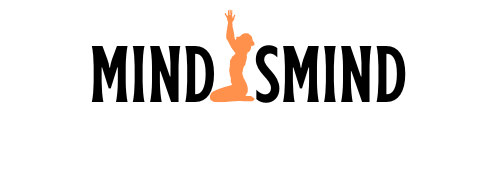Human beings are born with a certain degree of cognitive limitations. Specifically, our conscious mind, which is the part of our mind that we are aware of and can actively control, represents only 12% of our total mind power. The remaining 88% of our mind power belongs to the subconscious mind, which operates in the background and influences our thoughts, behaviors, habits, and emotions in ways we are unaware of.
Primitive Area of Mind
The primitive area of the mind is a part of the subconscious mind, which contains dormant primitive memories, genetic heritage, and evolved learning and conditioning. It only reacts when triggered, regressed, or threatened beyond the point of reason, resulting in a fight or flight reaction or impulsive behavior.
The fight-or-flight response is a primitive mechanism, responsible for our survival instincts. As we develop, we can exercise our cognitive abilities, such as logic, reason, decision-making, and inhibitory control. This allows us to manage our instinctual responses better and make more informed decisions in high-stress situations.
Babies are born with two innate fears: falling and loud noises. All other fears are learned through their association and identification with their caregivers. These fears are deeply rooted in our evolutionary history and are fundamental survival mechanisms.
Modern Area of Mind
During the crucial developmental stage from birth to approximately eight years of age, children start to build a mental collection of associations and identifications that will shape their perception of the world. This is when they acquire the skill to classify their experiences as positive or negative and create their personal life script. This process plays a fundamental role in shaping their future personalities and behaviors.
The child does not know good from bad or right from wrong, only aware of the associations and identifications. This phase is characterized by simple yet powerful associations: like we enjoy chocolate but dislike broccoli; we like to travel but don’t like studying.
Conscious Mind
Between the ages of eight and twelve, our minds mature, and we focus on improving our logic, reasoning, decision-making, and willpower abilities. It lays the groundwork for our ability to tackle complex problems and make wise choices in the future.
When we sleep, our conscious mind becomes unconscious and only transfers message units to the subconscious mind which are then vented through dreams. However, in hypnosis, the conscious mind remains conscious, allowing it to receive, drop and vent message units instantly through hypnotic suggestions.
Critical Area of Mind
Hypnosis bypasses the critical mind by creating overloaded massage units, allowing the subconscious mind to control. In overwhelming situations where the critical mind cannot process all the information and the subconscious mind takes over, leading to beneficial therapeutic results. During Hypnosis, the critical mind struggles to process overwhelming details, leading to subconscious control over familiar patterns and responses.
Hypnosis induces a state of suggestibility and relaxation through carefully chosen words and phrases. It harnesses the power of the mind for personal growth and self-awareness. Hypnosis can induce both heaviness and lightness, leading to relaxation and increased suggestibility, resulting in shifts in perception and awareness.
